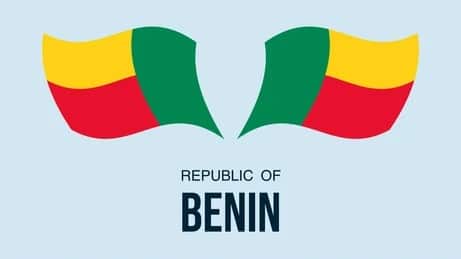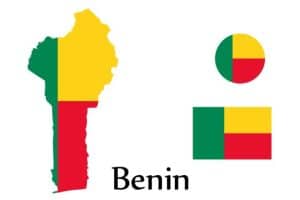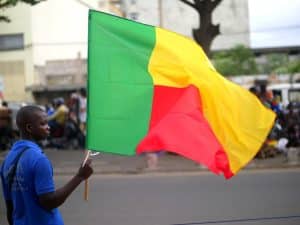Headlines
Benin Republic Population, Official Language And More.

Since then, Benin has been a stable democracy with peaceful transfers of power. Kérékou returned to power in 1996 and served two terms until 2006. He was succeeded by Yayi Boni, who also served two terms until 2016. The current president is Patrice Talon, who was reelected in 2021.

Benin Republic

Benin Republic
The Population: Benin has an estimated population of 13 million people as of 2021, who are predominantly rural. The majority of the population belongs to the Fon and Yoruba ethnic groups.
The Landmarks: Benin has many historical and cultural landmarks that reflect its rich heritage. Some of the most notable ones are the Royal Palaces of Abomey, which were the seat of the powerful kingdom of Dahomey, the Slave Route, which traces the path of enslaved Africans to the coast, and the Temple of the Sacred Python, which is a sacred site for the voodoo religion.
The Official Language: The official language of Benin is French, which was introduced during the colonial period and retained as the official language upon independence. French is an important lingua franca between diverse ethnic groups, but many indigenous languages such as Fon, Bariba, Yoruba and Dendi are also spoken.
The Culture: Benin has a rich and diverse culture that reflects its history and geography. Benin is known for its voodoo religion, which originated in West Africa and has many followers in the country. Benin is also famous for its music, especially its traditional genres such as tchinkoumé, agbadja, and sakpata, as well as its modern styles such as afrobeat and zouk. Benin’s cuisine is influenced by its neighboring countries and features staples such as corn, yams, beans, rice, fish, and meat.
The Economic Stability: Benin is a low-income, food-deficit country with an economy significantly dependent on agriculture, especially palm oil and cotton exports. Benin faces many challenges such as poverty, malnutrition, corruption, and environmental degradation. However, Benin has also made some progress in recent years, such as improving its political stability, human rights, education, health, and infrastructure.
The GDP: Benin’s Gross Domestic Product (GDP) was worth 17.40 billion US dollars in 2022, representing 0.01 percent of the world economy. Benin’s GDP is expected to grow by 6.25% in 2023 and 5.78% in 2024.
The Currency: Benin’s official currency is the West African CFA franc (XOF), which is also used by seven other countries in the region. The exchange rate of the XOF to the US dollar as of today is 1 USD = 624.78 XOF.
The Food: Benin’s cuisine is rich and diverse, influenced by its history and geography. Benin’s food involves many fresh meals served with a variety of sauces, often made with tomatoes, onions, peppers, and peanut paste. Some of the staple foods are corn, rice, beans, yams, plantains, and couscous. Some of the popular dishes are akassa (fermented corn dough), akpan (corn dumplings), aloko (fried plantain), and wagasi (cheese made from cow milk).
Major Cities: Benin’s capital and largest city is Porto-Novo, which has a population of about 264,000 people. Other major cities include Cotonou, which is the economic and cultural center of the country with a population of about 800,000 people, Parakou, which is a trade hub in the north with a population of about 255,000 people, and Abomey-Calavi, which is a fast-growing city near Cotonou with a population of about 700,000 people.
Major Airport, Sea Port and Schools: Benin’s major airport is the Cadjehoun Airport in Cotonou, which serves domestic and international flights to various destinations in Africa and Europe. Benin’s major seaport is the Port of Cotonou, which handles about 90% of the country’s trade and is one of the busiest ports in West Africa. Benin’s major schools include the University of Abomey-Calavi, which is the oldest and largest public university in the country with about 85,000 students, the University of Parakou, which is another public university with about 15,000 students, and the African School of Economics, which is a private institution that offers graduate programs in economics, business, and social sciences.





